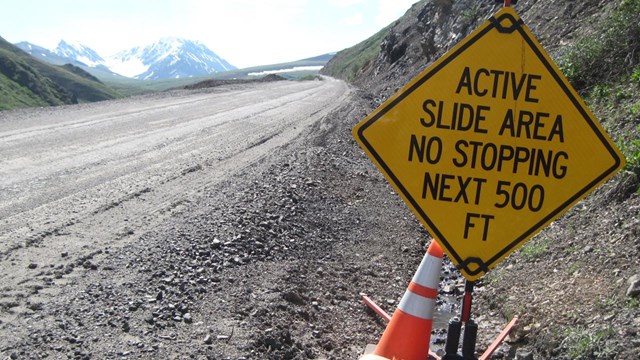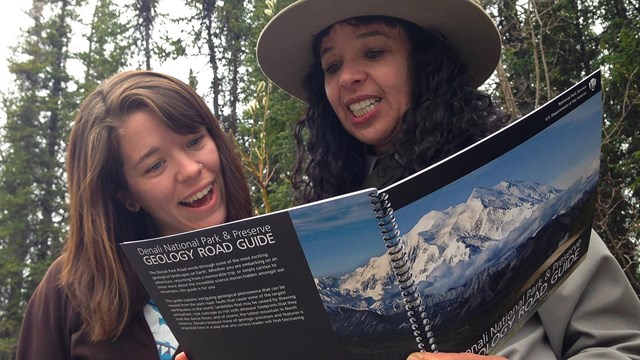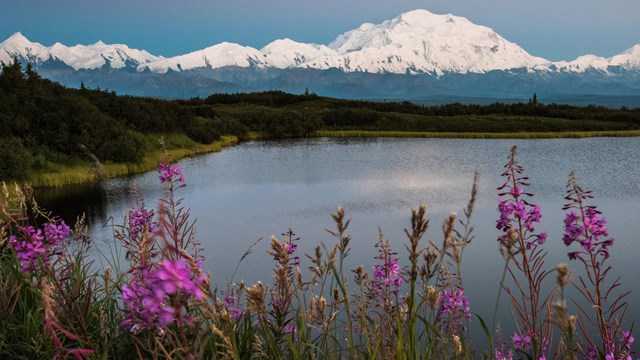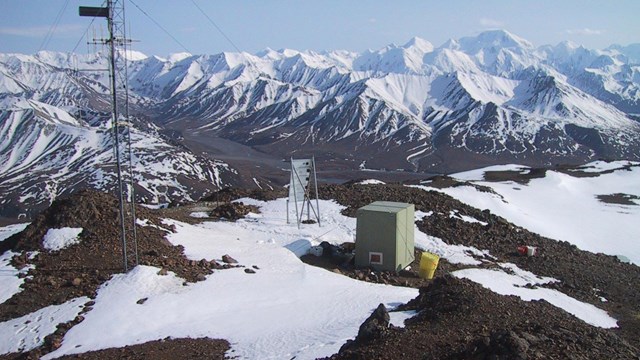
The Alaska Range is a 600-mile long arc of mountains that features North America's tallest mountain, Mount McKinley.

Remnants of landslides and slumps can be seen along the park road. Learn more about this geohazard in Denali.

Discover what geologic features can be seen from the park's 92 mile road using this free downloadable book (PDF 8.6 MB).

Glaciers cover one million acres, or one-sixth of Denali National Park. Learn more about this land that is sculpted by ice.

What's in a name? Surprisingly, a lot. Learn more about what the mountain is called and why.

Earthquakes are frequent in the Denali area. It is estimated that there are 600 seismic events of a magnitude of 1 or higher in the park.
Earth Science Stories
Last updated: January 30, 2025
